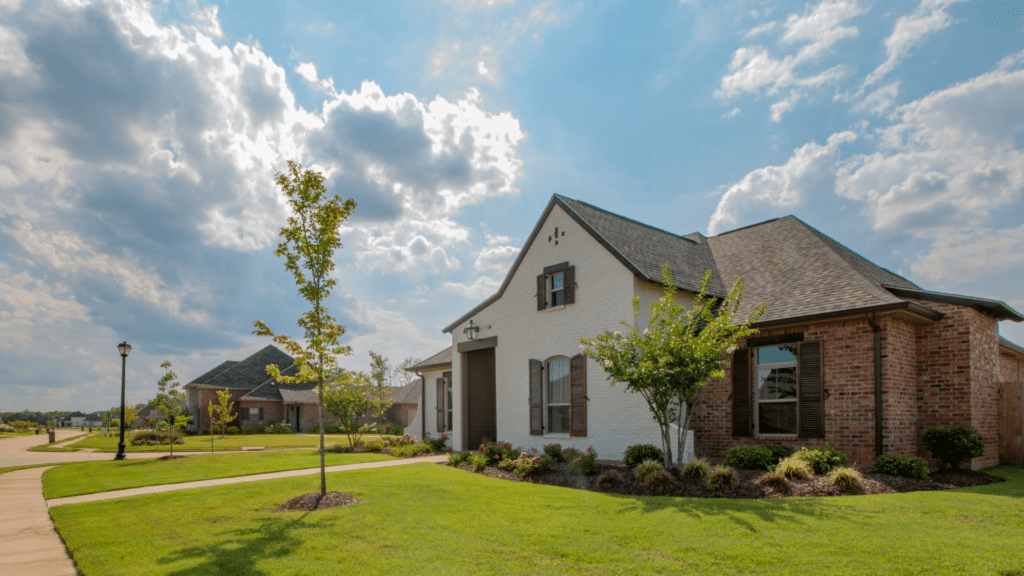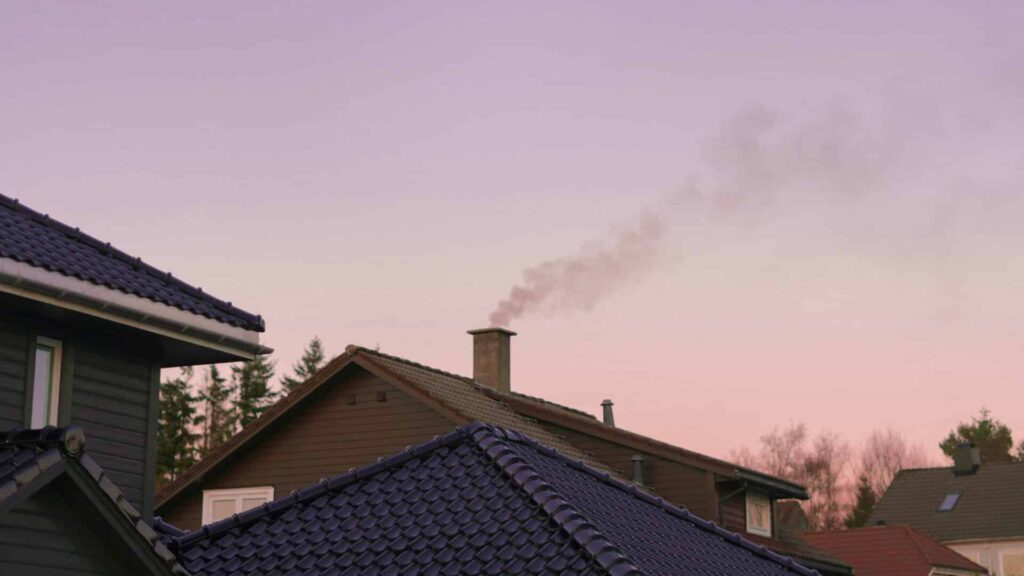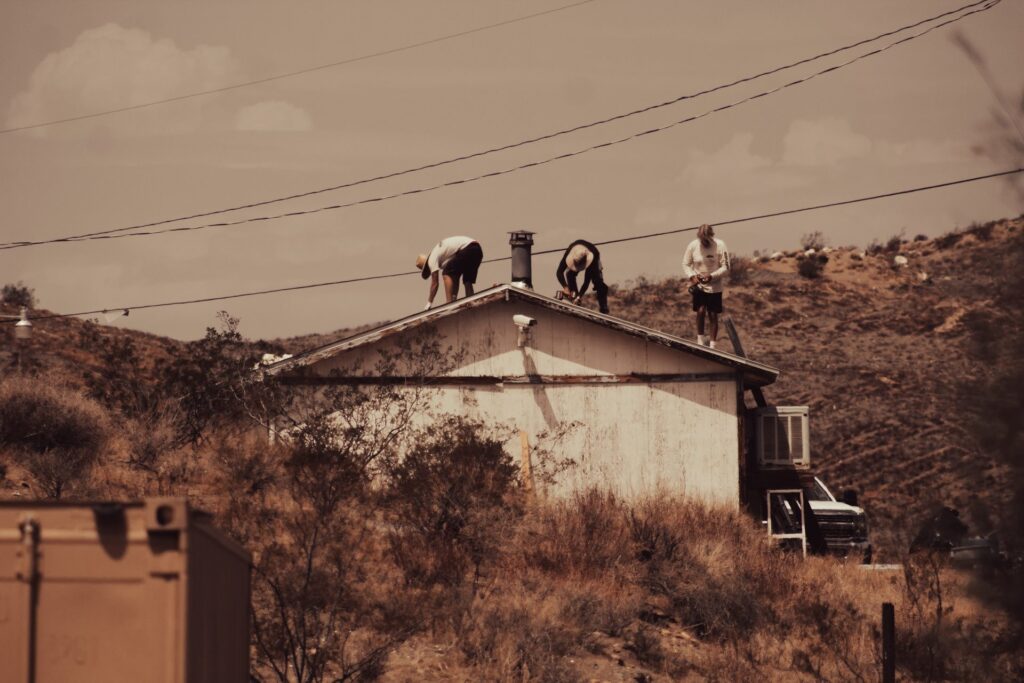Protecting Your Home from Storm Damage
When storm season arrives, homeowners need to ensure their roofs are prepared to handle extreme weather conditions. Whether it’s hail, high winds, or torrential rain, the type of shingles you choose can make a significant difference in protecting your home or proerty from damage. With various roof shingle types available on the market, knowing which materials offer the best storm resistance is crucial.
A storm-damaged roof can lead to costly repairs, insurance disputes, and stress. Choosing the right shingles helps homeowners avoid unexpected expenses and ensures their homes remain safe and secure. By selecting the best materials, you can prevent water damage, structural issues, and long-term wear and tear.
Here’s What We’re Covering:
- Learn which roof shingle types provide the best storm protection.
- Understand the factors to consider when selecting shingles.
- Get tips on handling property damage insurance claims with an insurance lawyer or insurance attorney.
How Storms Damage Roofs
Common Types of Storm Damage
Storms can cause various types of damage to a roof, including:
- Hail Damage: Hailstones can dent, crack, or break shingles, leading to water leaks and structural issues.
- Wind Damage: High winds can lift or tear shingles away, exposing your home to the elements.
- Water Damage: Heavy rain can seep through weak areas of the roof, causing mold, rot, and interior leaks.
Best Roof Shingle Types for Storm Protection
1. Impact-Resistant Asphalt Shingles
Impact-resistant asphalt shingles are specially designed to withstand hail and debris. These shingles are tested using a steel ball drop test to measure durability. They are classified as Class 4 impact-resistant shingles, which is the highest rating available.
Pros:
✔ Affordable compared to other materials
✔ Good balance of durability and cost-effectiveness
✔ Available in a variety of styles and colors
Cons:
✖ May still experience minor granule loss over time
✖ Lifespan is shorter than some premium materials
2. Metal Roofing Shingles
Metal shingles are one of the best options for storm protection due to their durability and wind resistance. They can withstand wind speeds up to 140 mph and are highly resistant to hail damage.
Pros:
✔ Extremely durable and long-lasting (50+ years)
✔ Fire-resistant and energy-efficient
✔ Lightweight yet strong against severe weather
Cons:
✖ Higher upfront cost
✖ Can be noisier during rain or hail
✖ Homeowners HAVE to request cosmetic waivers be removed from their policy to cover dents to the material
3. Synthetic Roofing Shingles
Made from engineered materials like rubber or plastic composites, synthetic shingles mimic the look of wood or slate but offer superior storm resistance.
Pros:
✔ High impact resistance against hail
✔ Lighter than traditional materials, reducing roof stress
✔ Resistant to mold, rot, and insect damage
Cons:
✖ May be more expensive than standard asphalt shingles
✖ Some synthetic materials may fade over time
4. Clay and Concrete Tile Shingles
For homeowners in regions prone to hurricanes and extreme winds, clay and concrete tiles provide excellent storm resistance. Yes, we’re looking at you Houston and Corpus Christi.
Pros:
✔ Exceptional durability and wind resistance
✔ Fireproof and resistant to rot and insects
✔ Long lifespan (50+ years)
Cons:
✖ Heavy weight requires reinforced roof structure
✖ Higher installation costs
5. Slate Shingles
Slate is one of the most durable roofing materials available, offering excellent protection against wind, hail, and rain.
Pros:
✔ Extremely long-lasting (100+ years)
✔ Naturally impact- and fire-resistant
✔ Elegant and timeless appearance
Cons:
✖ Very expensive and heavy
✖ Requires professional maintenance
Common Mistakes to Avoid When Choosing Storm-Resistant Shingles
- Ignoring Impact Ratings: Choosing low-rated shingles can lead to faster damage and costly repairs. The last thing you want to do is end up with a roof that won’t sustain itself during the weather your area experiences frequently.
- Overlooking Installation Quality: Even the best shingles won’t perform well if improperly installed. It’s important to find local, reputable roofers and contractors!
- Choosing Price Over Durability: Cheaper shingles may save money upfront but often require frequent replacements.
- Not Checking Insurance Requirements: Some policies may not cover certain materials or require specific impact ratings.
Insurance and Storm Damage
Strengthening Your Property Damage Insurance Claim
If your roof suffers storm damage, filing a property damage insurance claim can help cover repair or replacement costs. However, insurance companies tend to deny or underpay claims, knowing you won’t think twice about their decision. If you’re reading this, there’s a good chance you’ll now know what options you have after a denied insurance claim!
🔹 When to Consult an Insurance Lawyer or Attorney
If your claim is denied or undervalued, it’s wise to seek legal advice. An insurance lawyer or insurance attorney can help you dispute unfair claim denials and ensure you receive the compensation you deserve.
🔹 How to Strengthen Your Insurance Claim
- Document damage with photos and videos immediately after a storm.
- Keep receipts for any temporary repairs made to prevent further damage.
- Request a professional roof inspection and obtain a detailed report.
Choosing the Right Shingles for Your Roof
Selecting the right roof shingle types can significantly impact how well your home withstands storms. Whether you opt for impact-resistant asphalt, durable metal, or long-lasting slate, choosing a material that suits your climate and budget is crucial.
Additionally, understanding the insurance claims process and seeking help from an insurance lawyer if needed can protect you from financial loss after storm damage. Investing in the best roofing materials today can save you from costly repairs in the future.
📌 Need expert advice on storm-resistant roofing? Contact us today for a consultation!

















